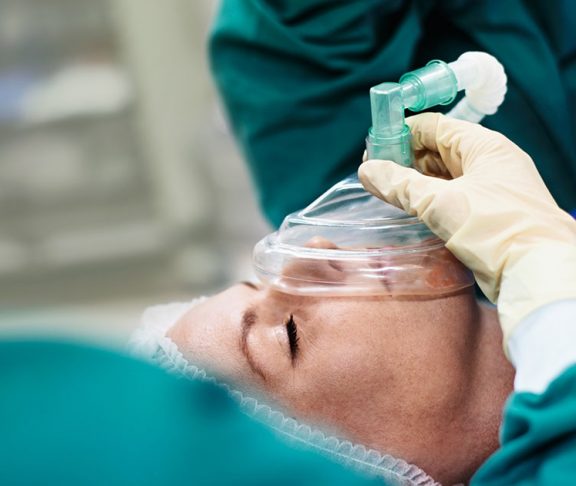Modern anesthetics are all about keeping patients comfortable and pain-free during medical procedures, and then easing them back into a healthy, conscious state.
“The goal is to keep the patient at the forefront,” says Dr. Kumar G. Belani, president-elect of the Society for Ambulatory Anesthesia and a professor of anesthesiology at University of Minnesota who specializes in pediatric anesthesiology. “There’s a lot of team input and a lot of team education before we start.”
As technology advances, patients are recovering faster from anesthesia. Processes are streamlined, too.
“You can save anywhere from 15 minutes up to an hour in some instances,” Dr. Belani says.
Personalizing care
There are three situations where patients need anesthesia: in-office procedures, which typically require mild to moderate anesthesia; procedures done at ambulatory centers where patients go home the same day, which call for moderate to deep anesthesia; and procedures at hospitals, which can also require moderate to deep anesthesia.
Anesthesia is personalized to the patient.
Pre-operative care teams, made up of nurse practitioners and anesthesiologists, talk with the patient beforehand to make sure all concerns are addressed and the patient is properly informed. They also discuss which medications the patient may be taking, such as those for conditions like diabetes and hypertension.
“Nobody needs to fear coming to the operating room or diagnostic area because we can customize the care to them,” Dr. Belani says, adding that anesthesiologists can give extra nervous patients medicine in their IV that will help them “become relaxed and anxiety-free.”
Avoiding opioids
Anesthesiologists generally avoid giving patients opioids during surgery because the drugs have a slow recovery time.
“When you use less opioids, you end up with less of the drug related side effects like nausea, vomiting and constipation,” Dr. Belani says.
Instead, doctors are relying on drugs that are effective but not unnecessarily long-lasting. Many sedatives, such as Propofel, are short-acting and typically wear off without many adverse side effects.
“Most wake up and feel very good, and some of them will have nice dreams,” Dr. Belani says. “They hardly feel like they had a procedure done.”
Nerve blocks
Nerve blocks, which are commonly used for procedures on the feet, arms, legs or hands, can minimize the need for general anesthetics.
“With the use of ultrasound, we can precisely place the needle close to the nerve and then inject local anesthetic,” Dr. Belani says, noting that many patients don’t even remember the needle going in because fast-acting anesthetic drugs keep patients comfortably sedated.

